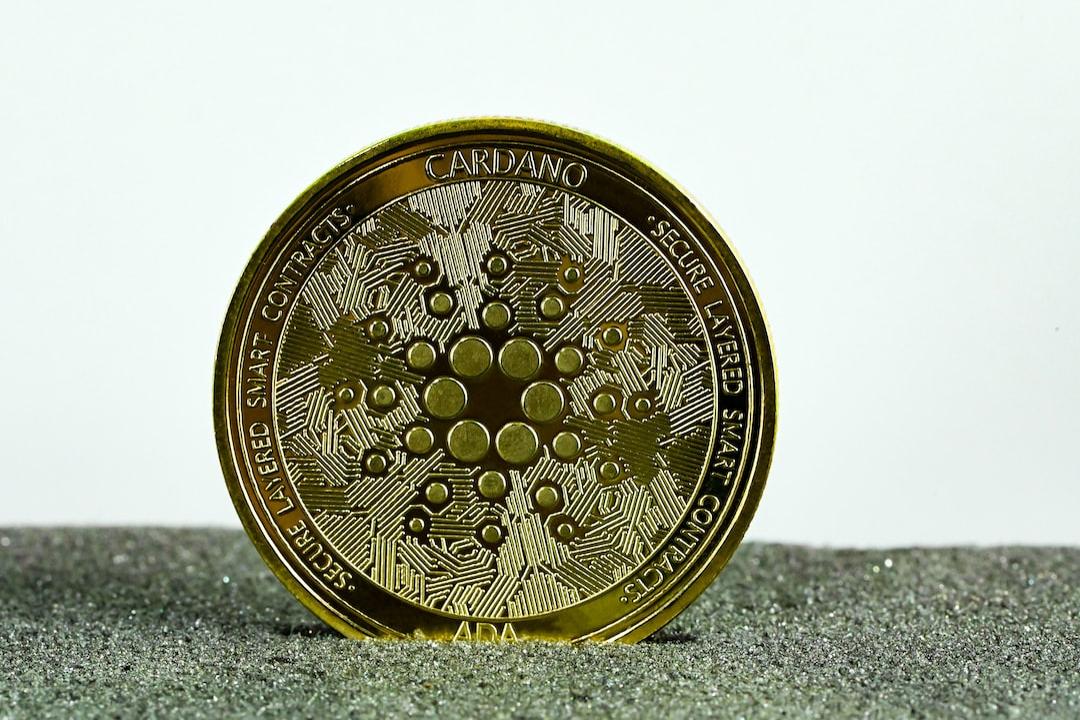Ethereum co-founder and Polkadot founder Gavin Wood recently proposed five fundamental criteria for evaluating the potential of blockchain. He claimed that Polkadot has the best resilience and decentralization compared to Ethereum and Solana, but there are also suspicions of self-praise.
(Earlier Summary: When Polkadot plummeted 50%, co-founder Gavin Wood decided to become a DJ?)
(Background Supplement: Burned 87 million pounds in six months, no bright spots in business! Controversial latest financial report of Polkadot: incompetent governance and discrimination against Asians..)
Ethereum has been struggling in this market cycle and has failed to break its all-time high of $4,891 in 2021. This week, it even fell below the $2,100 mark. Meanwhile, Solana, which fell into the abyss after the FTX crash in 2022, briefly surged to nearly $300 last month, setting a new historical high.
Gavin Wood’s Five Blockchain Standards
What factors determine the long-term success of a blockchain? Gavin Wood, the co-founder of Ethereum who first proposed the Web3 concept and the founder of Polkadot, recently spoke to Forbes and proposed five basic criteria for evaluating the potential of blockchain:
Resilience: As the cornerstone of Web3, resilience combines cryptography, decentralization, and game theory to protect the blockchain from attacks and ensure its long-term stability.
Performance: This not only refers to scalability but also measures the efficiency of a network in processing and completing tasks.
Universality: The degree to which a blockchain supports diverse applications and programmability.
Accessibility: Measures the ease of interaction for users, developers, applications, and robots with the network.
Consistency: The ability of a system to maintain fast and consistent communication throughout the network.
Gavin Wood analyzed that although different blockchains focus on different characteristics, the “resilience” indicator should never be ignored. This standard is the most difficult to evaluate, has the longest-term impact, and is the most critical. Blockchains that ignore decentralization and resilience should not be considered true Web3:
L2 chains on Ethereum, with a fixed list of validators operated by specific companies, are clearly not in line with the Web3 spirit.
He also mentioned more vague concepts, such as whether there is a single entity that can dominate the narrative and “fundamentally cover the entire ecosystem, stifling other narratives.”
Is Polkadot more decentralized than Ethereum and Solana?
Gavin Wood stated that to measure the resilience of a blockchain, it is usually to evaluate its level of decentralization, such as who makes protocol decisions and whether governance has clear or low entry barriers. Another measure is the Nakamoto Coefficient, which measures the number of nodes one would need to control to disrupt a blockchain network. The smaller the number, the fewer entities are needed to control the network, indicating a higher level of decentralization.
Gavin Wood is satisfied with the decentralization of Polkadot and cited the Nakamoto Coefficient as evidence. According to Nakaflow data, Polkadot currently has a Nakamoto Coefficient of 149, which means at least 149 independent validators would need to collude to disrupt the network.
In comparison, other major blockchains are much lower. For example, Solana’s Nakamoto Coefficient is 19, and Ethereum’s is only 2.
Is Ethereum really that insecure?
However, upon investigation, Nakaflow data does not actually analyze Ethereum. In a typical POS network, having control over more than one-third (33.33%) of the stake is sufficient to disrupt a blockchain network. The 2 mentioned by Gavin Wood should be referring to the percentage of staked assets that can be controlled by Lido and Coinbase, but both Lido and Coinbase provide convenient validation services for users, and the operation of the nodes behind them is more complex.
The official statement also indicates that it is difficult to calculate the Nakamoto Coefficient in practice because it is challenging to determine concrete independent entities. Are seemingly separate entities actually related to each other? Can a seemingly independent entity be further divided into more entities? Simply judging Ethereum’s level of decentralization based on this is indeed biased.
Is Vitalik a bigger risk?
The final report also points out that if Gavin Wood’s resilience evaluation standards are applied, Ethereum’s weaknesses are evident. Ethereum is often criticized for the significant influence of co-founder Vitalik Buterin. He recently tweeted, “I am the one who decides the leadership team of the new Ethereum Foundation,” which has sparked controversy.
However, compared to Ethereum, the performance of Polkadot’s mainnet token DOT is even less ideal. Coinmarketcap data shows that the price of DOT is currently $4.72, a decrease of over 91% from its all-time high of $55 in 2021. Ethereum has seen a decline of 43.66% compared to its all-time high in 2021.


